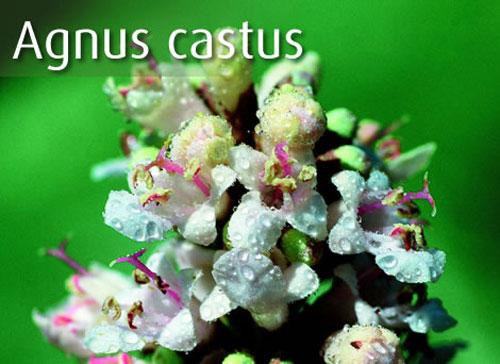Q: I’ve heard people talking about colloidal silver and hailing it as a wonder product, can you tell me more and what I can use it for?
Colloidal silver is a powerful, natural antibiotic and preventative against infections. Colloidal silver is a liquid, that contains tiny particles of silver suspended in water. The word colloidal refers to these microscopic silver particles that do not fully dissolve, but remain evenly dispersed throughout the liquid.
It has been reported to kill 650 micro-organisms, many of which are associated with diseases. This does not mean that taking colloidal silver will cure disease, as colloidal silver only kills micro-organisms when they are in contact with it for a sufficient period of time.

Colloidal silver is painless on abrasions, in open wounds, in the nostrils for a stuffy nose and, unlike some anti-septics, it does not destroy tissue cells. It has a long history of use — before antibiotics, silver compounds were used to fight infections.
Excellent as an underarm deodorant, since most underarm odour is caused by bacteria breaking down substances released by the sweat glands.
Colloidal silver can be applied directly on a bandage for warts, or applied to eczema, itches, acne and bug bites.
Silver particles are used in surgical gloves nowadays.
To purify water, add one tablespoon per gallon, shake well and wait six minutes. Mixed this way, it’s tasteless.
Here’s how it works:-
Acting as a catalyst, colloidal silver reportedly disables the enzyme that one-celled bacteria, viruses and fungi need for their oxygen metabolism. They suffocate without corresponding harm occurring to human enzymes or parts of the human body chemistry. The result is the destruction of disease-causing organisms in the body and in the food.
It can be applied either topically to cuts and scrapes, or taken internally to treat a range of things from diarrhoea to throat infections.
CAUTION: When taken internally or used in large amounts, silver can build up in the body and cause a permanent bluish-grey discolouration of the skin and eyes called argyria. It can also interfere with some medications.



